Compare aged and fresh MCA leads for 2025, including costs, conversion rates, and tips on choosing the right type for your business.
In the competitive landscape of merchant cash advance leads, the decision between aged MCA leads and fresh MCA leads is not just about price — it’s about building a sustainable, predictable sales pipeline. In 2025, the most successful MCA sales teams are treating lead freshness as a strategic lever, not a default choice. Whether you’re running an ISO, a direct funder, or a hybrid shop, your lead sourcing approach will directly impact your cost per acquisition, approval rate, and overall ROI. This article breaks down the differences, the data, and the decision-making framework so you can choose the right lead type for your business goals this year.
MCA leads are more than simple contact records; they represent real businesses with real funding needs. The level of intent you capture — whether that’s from aged lists or fresh submissions — determines how many deals your sales floor can close without wasting time and budget. Understanding the pros, cons, and best practices for each type of lead can give you a clear competitive edge in an industry where seconds, not days, decide the outcome of a sale.
Aged MCA leads are prospects who previously expressed interest in a merchant cash advance or a related business funding product but did not complete the funding process at that time. These leads may have been generated weeks, months, or even years ago. In 2025, aged leads can be an incredibly cost-effective acquisition channel when sourced from reputable vendors who maintain accurate data hygiene, verify business status, and apply industry filters. Because they are less expensive than fresh leads, aged leads allow you to stretch your budget further — making them ideal for large-scale outreach campaigns, email re-engagement, and testing new markets without burning through cash.
Key benefits of aged MCA leads include lower cost per lead, higher potential ROI for teams with strong follow-up processes, and the ability to buy in larger volumes without overextending your budget. On the flip side, aged leads require more touchpoints to convert, meaning your sales team must be disciplined about multi-channel outreach and follow-up cadence. When combined with a data-driven approach to filtering, these leads can still deliver strong results — especially if you know how to segment by factors such as average monthly deposits, time in business, and industry type.
Fresh MCA leads are prospects generated in real time or near-real time — often within minutes of a form submission, ad click, or inbound inquiry. These leads are higher in cost but typically exhibit much higher buying intent. In 2025’s MCA lead generation environment, the speed with which your team contacts these prospects is critical: reaching out within the first five minutes can more than double your connection and conversion rates. For sales teams with the staffing and technology to respond instantly, fresh leads can be the fastest path to funding deals and growing monthly revenue.
The primary advantage of fresh MCA leads is their readiness to act. Because they’ve just requested information or expressed interest, they’re more likely to engage in conversation, complete an application, and move through underwriting quickly. However, their higher price point means you must be vigilant about your allowable cost per lead (CPL). If your sales process isn’t dialed in, you can burn through budget quickly without seeing proportional returns.
Freshness doesn’t just influence conversion rates — it dictates the kind of sales process you must run. With aged MCA leads, your focus is on reactivation: warming up the prospect, requalifying their funding need, and building trust. With fresh MCA leads, you’re capitalizing on urgency: leveraging their immediate interest to move them into your funnel before competitors can. The most successful MCA sales teams in 2025 are blending both lead types, using aged data for consistent pipeline volume and fresh leads for quick wins.
For many ISOs and funders, the smartest way to decide between aged and fresh MCA leads is to test both before committing. Pay-as-you-go MCA leads make this possible without locking you into long-term contracts or hidden minimums. You can start small, measure results, and scale only the lead type that proves ROI-positive for your team’s capacity and closing style.
Cost-efficient older MCA inquiries.
Min 2,000 records
What's included:
Recently-made MCA funding inquiries.
Up to 7,500 records
What's included:
Past MCA applicants to re-engage.
Min 1,000 leads
What's included:
Complete apps + bank summaries.
Up to 200 leads
What's included:
Using a pay-as-you-go approach also allows you to experiment with different targeting filters. For example, you might start with aged MCA leads filtered for industries you know convert well, then test fresh MCA leads in a specific state where you have stronger underwriting partnerships. By comparing these small, controlled tranches side by side, you can build an evidence-based lead buying strategy that works for your exact sales operation in 2025.
Pro tip: Always track lead performance by source, lead age, and filter set. This level of attribution ensures you know exactly where your best ROI is coming from and prevents you from scaling sources that don’t actually deliver long-term results.
One of the most significant differences between aged MCA leads and fresh MCA leads is cost. In 2025, market pricing for aged MCA leads can range from $1 to $25 per lead depending on filters, exclusivity, and recency. Fresh MCA leads, by contrast, typically start at $35 and can exceed $150 for exclusive, high-intent, real-time data. This price gap is both an opportunity and a risk — the right choice depends on your sales team’s ability to convert quickly and consistently.
With aged MCA leads, the lower cost means you can acquire higher volumes for the same budget. This is ideal if you have a well-trained sales floor and multi-channel follow-up systems in place. However, you must account for the additional time and touchpoints needed to re-engage these prospects. Fresh MCA leads demand a higher upfront investment, but their conversion rate can justify the spend if your team is optimized for immediate outreach and you have systems in place to handle fast-moving opportunities.
Industry data from late 2024 and early 2025 shows that average connect rates for fresh MCA leads hover around 25%–35% when contacted within the first five minutes. That number can drop by half if outreach is delayed beyond an hour. Aged MCA leads, on the other hand, may start with connect rates closer to 10%–15%, but can improve with persistent, structured outreach over several days or weeks. This means that while fresh leads often generate quicker wins, aged leads can still deliver steady results if handled methodically.
For approvals, fresh MCA leads tend to outperform aged leads by a margin of 10–20% in most funding organizations. However, the overall ROI picture depends on more than just approval rates. For example, if an aged lead costs $10 and converts at 5%, your cost per funded deal might be lower than a fresh lead at $75 converting at 15%, depending on your advance size and margins.
Return on investment for each lead type varies based on your operational capacity and deal size. In 2025, many ISOs find that aged MCA leads produce an ROI of 3x–5x when filtered properly and nurtured with a disciplined follow-up process. Fresh MCA leads can achieve ROI multiples of 4x–8x or higher for teams capable of rapid outreach and same-day processing. The key is to measure ROI on a per-source basis and adjust your budget allocation accordingly.
The most effective MCA sales teams in 2025 are not choosing one lead type over the other — they’re blending both. This strategy ensures consistent deal flow while capturing high-intent opportunities when they arise. For example, you might allocate 70% of your budget to aged leads for steady coverage and 30% to fresh leads for high-conversion pushes, then adjust the ratio as your performance data dictates.
Sometimes, neither aged nor fresh MCA leads from off-the-shelf inventory will perfectly fit your campaign. That’s where custom MCA lead requests come into play. Custom orders allow you to define exact filters — such as state, SIC/NAICS code, monthly deposits, time in business, or specific revenue bands — to ensure you’re only paying for prospects who meet your most profitable deal profile.
We create fully tailored MCA lead lists based on your exact criteria — business type, funding history, deposit volume, state targeting, and more. Whether you need fresh submissions with bank statements, aged records, or a curated mix, we've got you covered.
Request a Custom MCA Lead PackageCustom requests can be especially powerful when testing a new market segment. For example, if you’ve identified that businesses in a certain industry have higher approval and funding rates, you can order a mix of aged and fresh MCA leads specifically within that segment. This reduces waste, increases conversion rates, and helps you hit ROI targets faster.
Cost-control tip: Always get vendor confirmation of filter availability, expected lead volume, and estimated turnaround time before committing to a custom order. This prevents surprises, keeps your campaigns on schedule, and protects your budget from scope creep.
While cost per lead, conversion rate, and ROI are often discussed separately, they are interconnected metrics that should always be analyzed together. Focusing solely on low CPL can lead to wasted effort if quality is poor, while chasing only high-intent leads can destroy ROI if costs aren’t justified by margins. The winning approach is to calculate your allowable CPL for each lead type, test in controlled volumes, and scale the sources that beat that threshold consistently.
As you refine your strategy, remember: the goal isn’t to pick a winner between aged and fresh MCA leads, but to find the optimal mix for your team’s workflow, budget, and capacity. In Part 3, we’ll walk through a step-by-step decision framework and scaling strategy to ensure your lead buying choices align perfectly with your growth goals for 2025.
By the time you’ve compared cost, conversion rates, and ROI, the final step is deciding how to allocate your budget. In 2025, the most effective decision frameworks for MCA lead buying are built on three pillars: team capacity, deal profile fit, and allowable cost per lead (CPL). These factors ensure you’re not just buying leads — you’re buying the right leads for your specific sales process and operational constraints.
Scaling isn’t just about increasing volume — it’s about increasing the right volume. Start small, measure performance, and only scale the sources that consistently exceed your ROI thresholds. For many ISOs, the path looks like this: test aged and fresh leads side by side, identify the top performers, negotiate better pricing based on proven results, then gradually increase orders without diluting speed-to-lead or closing quality.
Some sales teams find success by layering their scale-up process: first increasing aged lead volume to keep the pipeline full, then adding bursts of fresh leads during peak selling periods. This approach smooths out production volatility while still allowing your closers to chase high-intent opportunities when capacity is available.
In the merchant cash advance industry, compliance is more than a checkbox — it’s a safeguard for your brand and a filter for vendor quality. Always confirm that lead sources capture TCPA-compliant consent, store IP and timestamp logs, and can provide proof of opt-in if challenged. For exclusivity, define your terms clearly: if you’re paying a premium for exclusive MCA leads, verify that the vendor is not reselling them within your exclusivity window.
Exclusivity can be especially important with fresh MCA leads. Because these leads are high-intent and time-sensitive, any competition from other buyers can erode your connect and conversion rates. For aged MCA leads, exclusivity is less common but can still add value in certain markets — especially if you’ve invested in targeted custom filters.
Budget allocation should always be driven by data, not vendor hype. Once you’ve identified your allowable CPL, use historical performance metrics to forecast the number of leads needed to hit your monthly funding targets. For example, if your average fresh lead approval rate is 18% and your average funded deal is $40,000, you can work backward to determine how many leads you need — and what budget is required — to hit your revenue goals.
Great for testing premium aged MCA leads with low MOQ
Lead Types Included:
What’s included:
Fresh MCA leads from recent funding inquiries.
Lead Types Included:
What’s included:
Blend of full submissions + fresh + aged.
Lead Types Included:
What’s included:
Highest volumes across all lead types.
Lead Types Included:
What’s included:
The pricing table above allows you to model different scenarios. Use it to compare how shifting budget between aged and fresh MCA leads affects your total lead volume, approval count, and net revenue. In many cases, the optimal mix is not 100% one type or the other, but a carefully tuned ratio that reflects both your team’s strengths and your cash flow needs.
To put this into action, start with a balanced test: order 100 aged MCA leads and 50 fresh MCA leads. Track performance by lead type over 14 days. Compare your ROI per type, then adjust your allocation to favor the winner while still maintaining some budget for the other category. This keeps your pipeline healthy and guards against over-reliance on any single source.
If your fresh leads consistently outperform on ROI, negotiate subscription pricing to secure inventory at a lower unit cost. If aged leads dominate, consider buying larger volumes and implementing automation to speed up your outreach. Either way, the data tells you where to scale — and where to hold back.
Bottom line: The MCA lead market in 2025 rewards precision. Buyers who treat lead acquisition as a measurable, optimizable process — rather than a gamble — will dominate. By blending aged and fresh MCA leads strategically, enforcing compliance, and scaling based on real numbers, you’ll not only hit your funding targets but also build a pipeline that consistently delivers high-quality deals month after month.
Ready to take the guesswork out of MCA lead buying? Start your test today with pay-as-you-go options for both aged and fresh leads, document your results, and scale the sources that prove themselves. The fastest path to more funded deals in 2025 is a transparent source, a disciplined process, and a sales team armed with the right leads at the right time.
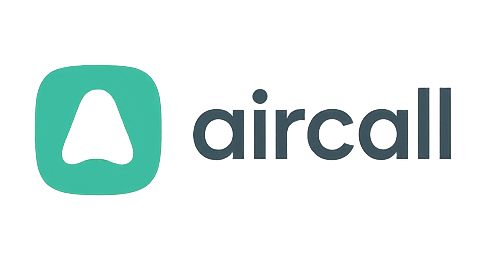
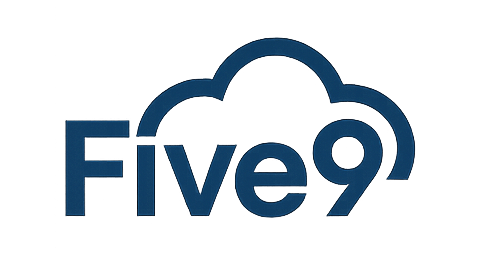
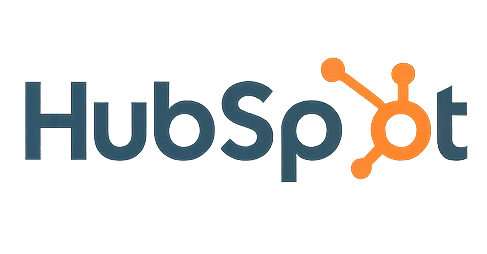
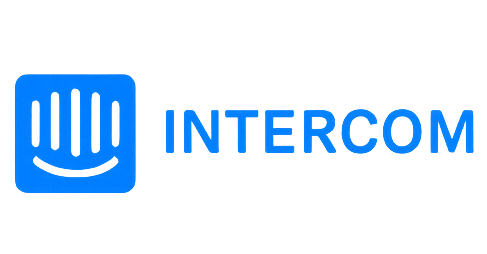
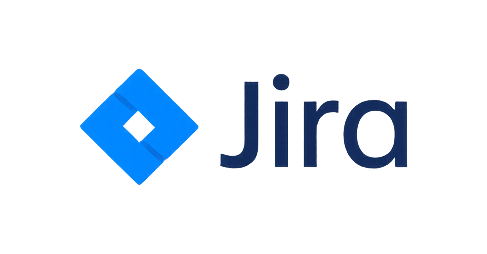
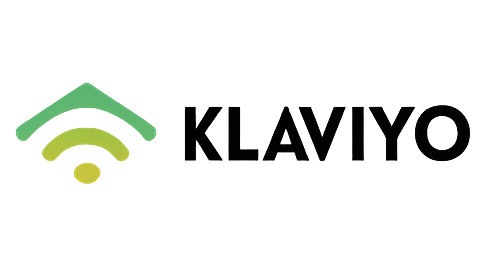
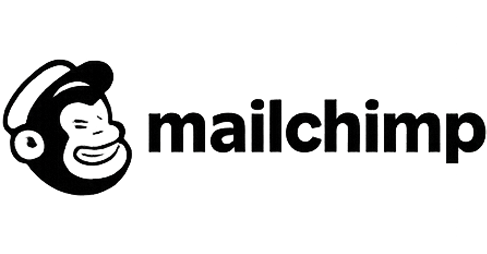
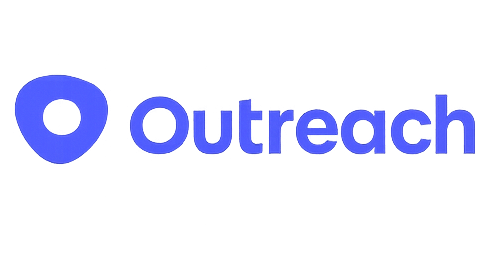
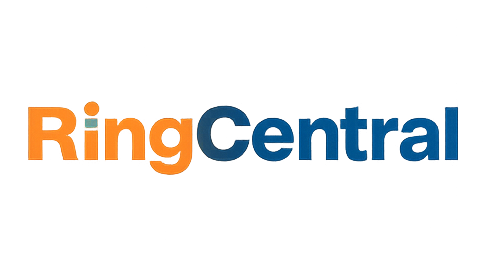
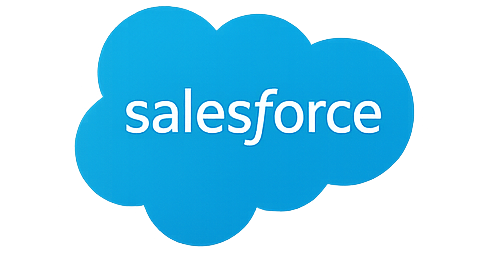

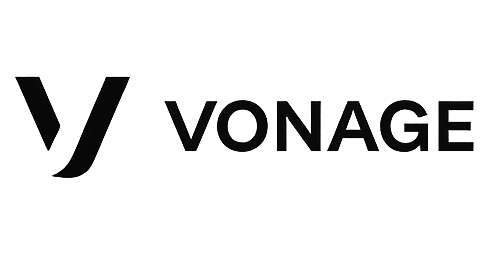
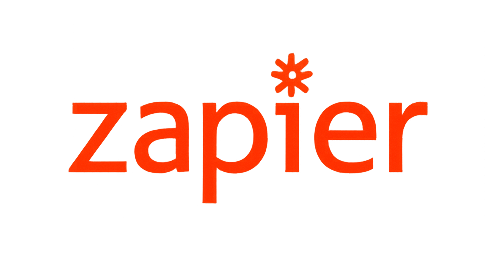

Over 1,200 MCA providers rely on Master MCA for accurate, high-converting merchant cash advance leads. Get instant access to premium MCA leads at competitive 2025 pricing — no contracts, no commitment.
Transparent MCA leads pricing. Cancel anytime — no long-term contracts or hidden fees.
Looking for exclusive or filtered leads tailored to your criteria? Submit a quick request below and we’ll match you with the best available options.
Download the strategies top funders use to win high-intent MCA leads.
Download Free GuideOur team of MCA experts can help you develop a customized lead generation strategy for your funding business.
Schedule a consultation